Country Kingdom of Denmark Role Land warfare | Part of Defence Command | |
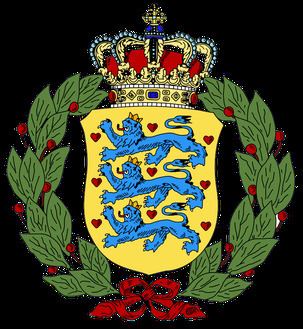 | ||
Founded 17 November 1614 (402 years, 4 months) Size Active: 12,500Reserve: 63,000809 tracked and 257 wheeled armoured vehicles Notable commanders Christian IV of Denmark, Ulrik Frederik Gyldenløve, Prince Frederik of Hesse, Frederick VI of Denmark Similar Danish Defence, Royal Danish Navy, Royal Danish Air Force, International Security Assistanc, Swedish Army | ||
The royal danish army h ren 2014 2015
The Royal Danish Army (Danish: Hæren) is the ground-based branch of the Danish Defence, together with the Danish Home Guard. For the last decade, the Royal Danish Army has undergone a massive transformation of structures, equipment and training methods, abandoning its traditional role of anti-invasion defence, and instead focusing on out of area operations by, among other initiatives, reducing the size of the conscripted and reserve components and increasing the active (standing army) component, changing from 60% support structure and 40% operational capability, to 60% combat operational capability and 40% support structure. When fully implemented, the Danish Army will be capable of deploying 1,500 troops permanently on three different continents continuously, or 5,000 troops for a shorter period of time, in international operations without any need for extraordinary measures such as parliamentary approval of a war funding bill.
Contents
- The royal danish army h ren 2014 2015
- Royal danish defence royal danish army
- Brief organizational history
- Recent deployments
- Structure of the Royal Danish Army
- Army Aviation Troops
- Infantry
- Cavalry
- Artillery
- Air Defence
- Engineers
- Signal
- Logistics
- Aviation
- References
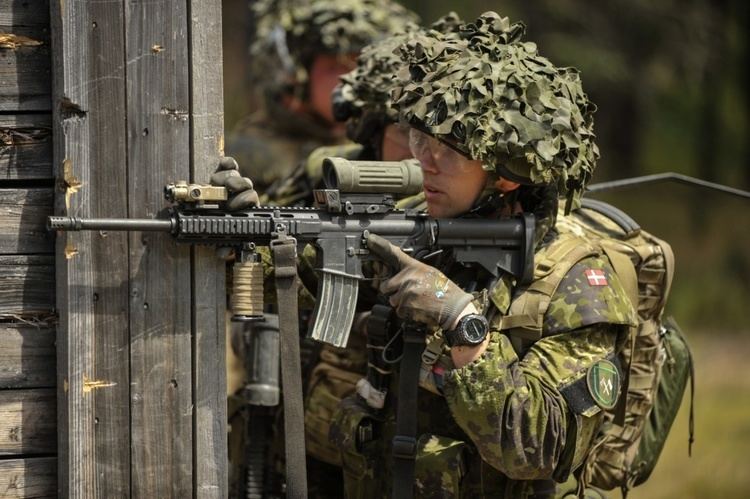
Royal danish defence royal danish army
Brief organizational history

Founded in 1614, in the wake of the Kalmar War, the Royal Danish Army was originally designed to prevent conflicts and war, maintain Denmark's sovereignty and protect her interest. With time, these goals have developed into also encompassing the need to protect freedom and peaceful development in the world with respect for human rights.
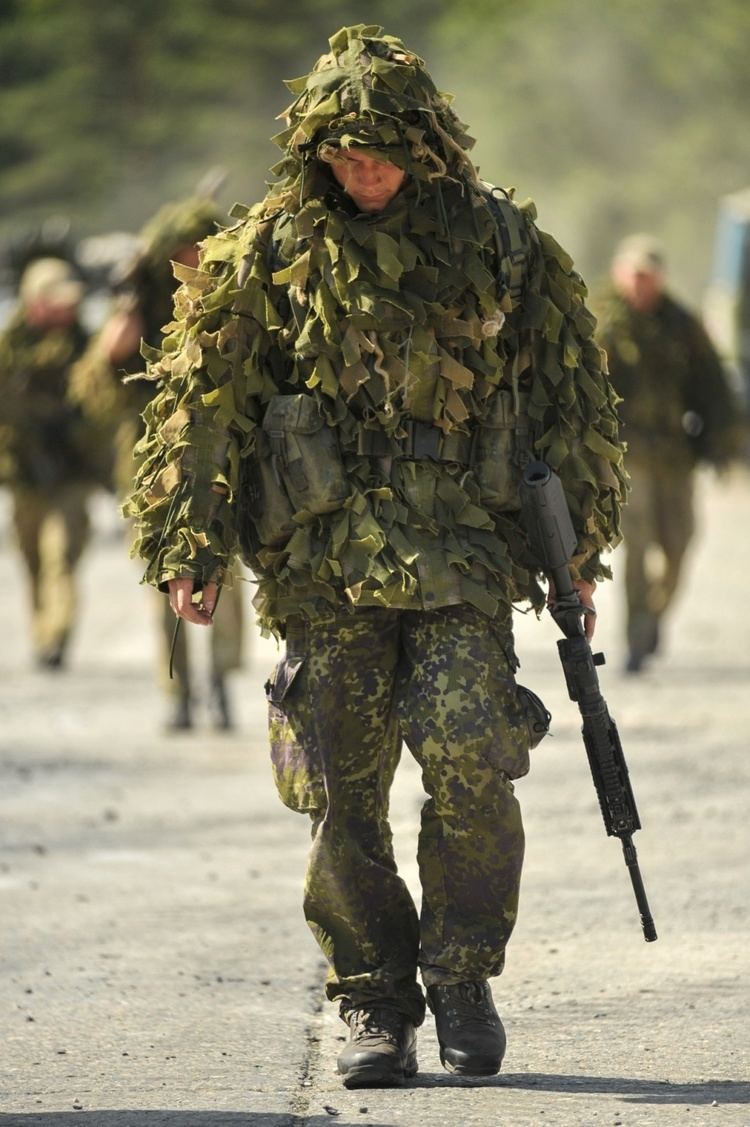
The Danish King remained commander in chief throughout the Early Modern period, in the Thirty Years' War, the Dano-Swedish War (1657–58) and the Scanian War (1675–1679), the Great Northern War (1700–1721), the Theatre War of 1789/9 and the Napoleonic Wars. In 1815, however, as a result of continued evolution and division of command, four general commands were created with the King as the supreme authority: Zealand and adjacent islands, Funen Langeland, Jutland and the duchies of Schleswig and Holstein. At the same time, the need for maintenance of the army in peacetime became pertinent, and the Army Operational Command was established.
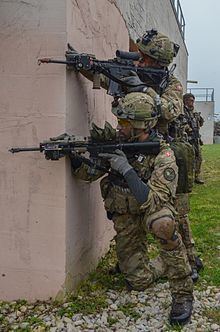
The Royal Danish Army has historically been an integral part of the defence of Denmark and thus involved in warfare, skirmishes and battles continuously to protect her interests. Most notably various territorial wars with Sweden, Russia and Prussia, the Napoleonic Wars on the side of France, and the Second World War, controversially and famously against the wishes of the Danish government, which had ordered immediate surrender to Germany. In modern times the Royal Danish Army has also become the backbone of Danish international missions, such as those in Kosovo, Iraq and Afghanistan.
Recent deployments
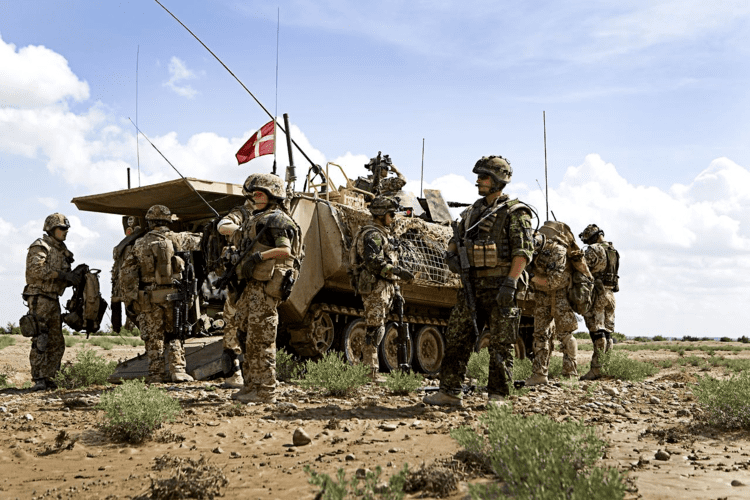
The Royal Danish Army has been committed to a number of United Nations and NATO peacekeeping and unconventional warfare operations since becoming involved in the Yugoslav Wars under UN mandate in 1994, most notably in the famous Operation Bøllebank. The Royal Danish Army was also engaged in the Kosovo War and continues to this day to maintain peacekeeping operations in Kosovo as part of the United Nations Interim Administration Mission in Kosovo (UNMIK), together with the Danish Home Guard. Furthermore, the Royal Danish Army was involved in the War in Iraq from 2003-2007 with a significant contingent of soldiers responsible for creating and maintaining peace in the province of Basra, together with the British.
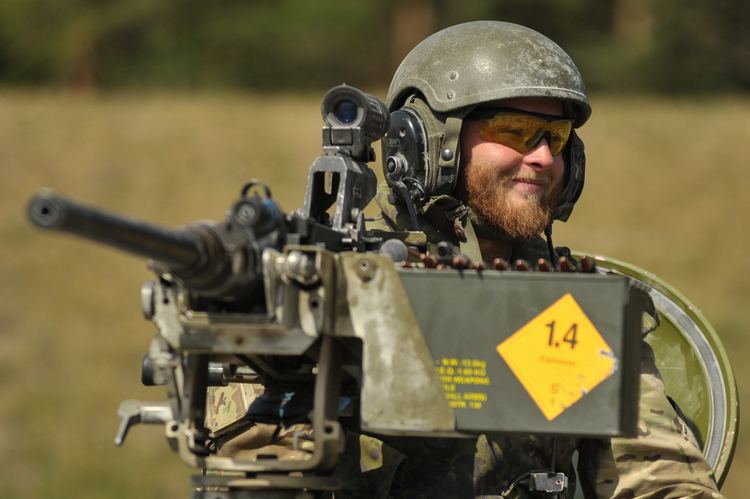
Denmark lost its first soldier in Iraq on 17 August 2003: Preben Pedersen a 34-year-old Lance Corporal with the Jutland Dragoon Regiment became the first coalition soldier not from the United States or Britain to die in the Iraq War. Starting in 2001, the Royal Danish Army has also been involved in the War in Afghanistan. For the past few years, the Royal Danish Army and the British Army have been involved in heavy clashes with the Taliban in the Helmand Province, where about 760 Danish soldiers control a large battlegroup. The Danish army withdrew its combat forces from Afghanistan in May 2014.
Structure of the Royal Danish Army
The structure of the Danish army changed in 2015, leaving Danish Division without brigades or support troops directly under its command. The two brigades have only command over combat battalions, as combat support and logistic support units are now grouped under various support centres. 1st Brigade consists of four combat battalions and is tasked with providing troops for international deployments. 2nd Brigade consists of five battalions and is tasked with the defence of the Danish territory. Support centres contain the army's combat support, combat logistic and general support units, and in some cases perform also tasks for the entire Danish defence structure: i.e. the Logistic Regiment, Army Logistics Centre and Defence Military Police Centre provides operational units for the army and overall logistic services to army and military police units and functions for all of the Danish defence establishment.
Army Aviation Troops
The Danish Army Aviation Troops (Hærens Flyvertropper) were established in 1923 following the rapid development of military aircraft technology. The Aviation Troops flew two squadrons of Fokker C.V reconnaissance aircraft from 1923 to 1932, when 17 Gloster Gauntlet fighters were purchased to form two new squadrons. In 1937, ten Fokker D.XXI fighters were built on licence in the Royal Army Aircraft Factory at Værløse. As a result of the establishment of the Royal Danish Air Force in 1950, the Army Aviation Troops were disbanded and activities transferred to the new service. During the Cold War the Army created the Army Air Service (Hærens Flyvetjeneste) in 1971, which flew anti-tank and transport helicopters. But with the end of the Cold War and the reduction of forces the last 12 Eurocopter Fennec AS 550 helicopters were transferred to the Royal Danish Air Force in 2003 and the Army Air Service disbanded.
